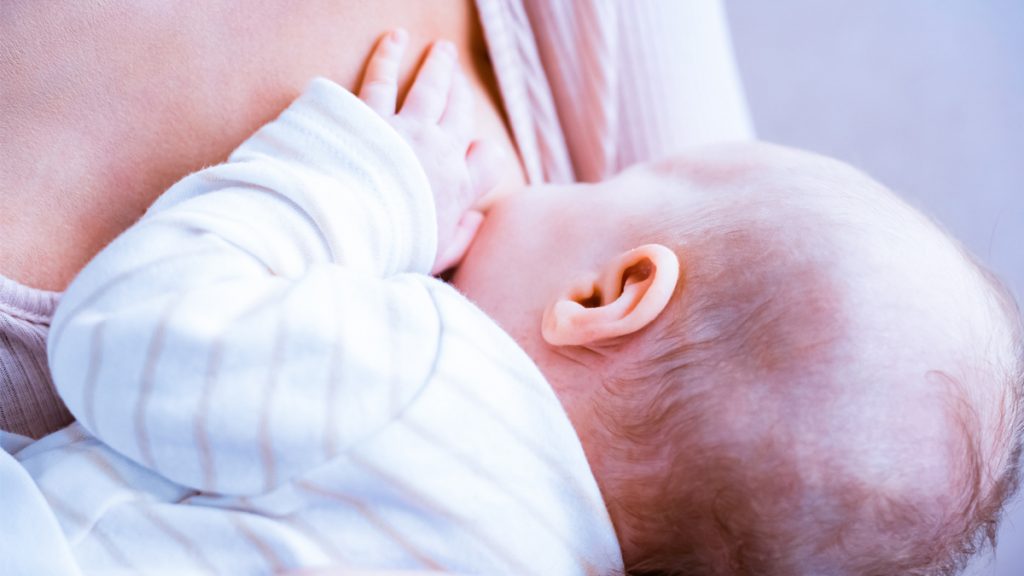
Even before their little one enters the world, parents do everything they can to keep their babies safe. From baby-proofing the entire house to taking prenatal vitamins every day, moms and dads are often constantly concerned about their baby’s safety. Everything can feel like it poses a risk with a new baby–even something as natural as breastfeeding. However, new mamas can take steps to keep their little ones safe by following these breastfeeding safety tips.
Parenthood is messy and chaotic, and the to-do list seems to never end. However, keeping your breast pump clean is more than just a chore to push off. The Centers for Disease Control and Prevention recommends cleaning your breast pump after every use. This means cleaning out tubing, valves, and any other breast pump parts that come in contact with your breast milk multiple times every day. Check your user manual to see if any of your breast pump parts are dishwasher safe or if you need to wash them by hand. This may seem like an unnecessary hassle when these parts will inevitably come in contact with your breast milk again in a few hours, but keeping your breast pump clean helps eliminate bacteria and viruses that could make their way into your breast milk and to your little one.
Studies continue to show the incredible benefits that breast milk can provide to growing infants, but parents can do more harm than good if they are not storing expressed breast milk correctly. Like any other food item, breast milk is perishable and needs to be stored properly so babies can get the nutrients they need without dangerous bacteria forming. Expressed breast milk needs to be stored in airtight containers, like breast milk storage bags or food-grade storage containers, and should be kept in the fridge for no more than four days and in the freezer for no more than six months. Breast milk storage may seem simple, but it’s important to plan ahead to make sure your breast milk is safe for your little one.
Avoiding breastfeeding in bed has less to do with the safety of your breast milk and more to do with the wellbeing of your baby. As tired as breastfeeding moms may be when their little one wakes up for a late-night feeding, moms should try to avoid breastfeeding in the bed. Although it may feel safe and comfortable, breastfeeding while in bed can lead to mom and baby falling asleep in the middle of a feeding and increases an infant’s risk of suffocation. Even if it is just moving to a rocking chair next to the crib, moving out of your bed helps protect you and your little one from potentially dangerous situations.
Breastfeeding helps promote safety by itself, as studies have shown that breastfeeding is related to a reduced risk of Sudden Infant Death Syndrome, or SIDS. But there are additional safety tips you can implement while you are breastfeeding to help reduce your baby’s risk of SIDS. If your little one gets sleepy after breastfeeding, make sure you put them down only in their crib that is free of blankets, pillows, and other toys that can be a safety risk. Even if your baby loves falling asleep in their rocker or swing after a feeding, take the extra moment to move them to their crib or bassinet so they can rest safely.
The world can feel unsafe when you have a growing infant at home, but babies are usually tougher than they look. Some simple steps can go a long way in helping you breastfeed safely and protecting your little one.
Pumps For Mom knows how hard it is to be a mom sometimes, which is why our experts make it easy for moms to get a breast pump through insurance. Our easy qualification form helps new and expectant moms see which insurance breast pumps can be ordered for free and which pumps may cost a small amount out-of-pocket. With top breast pump brands available through insurance, Pumps For Mom helps moms find the best breast pump for them so they can enjoy every step of their breastfeeding journey.